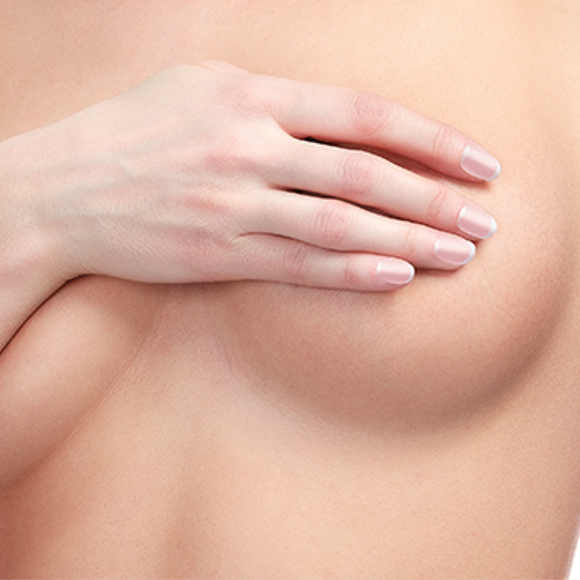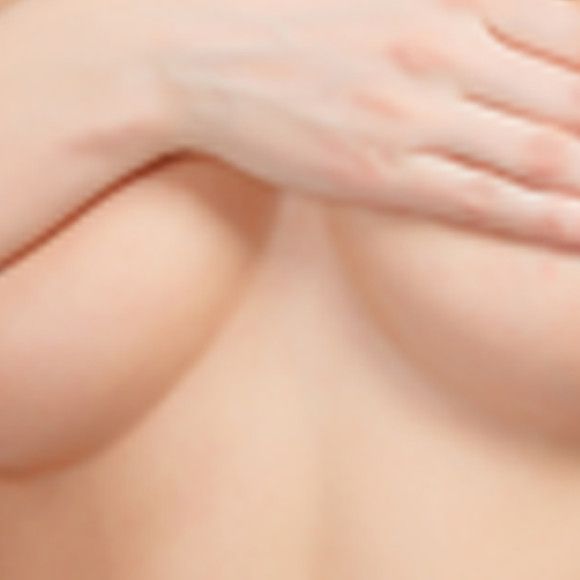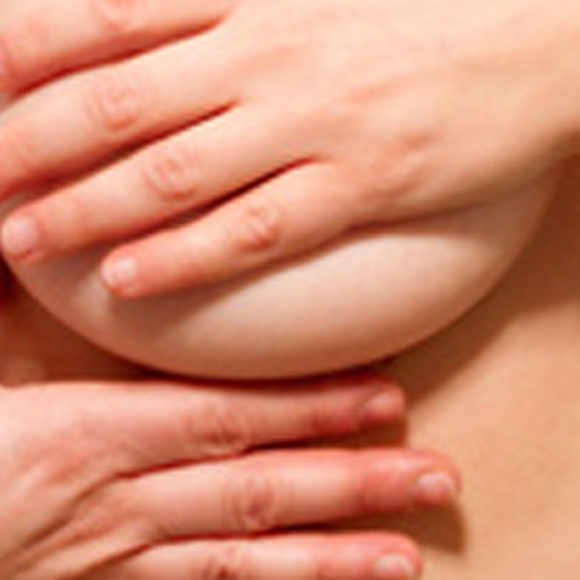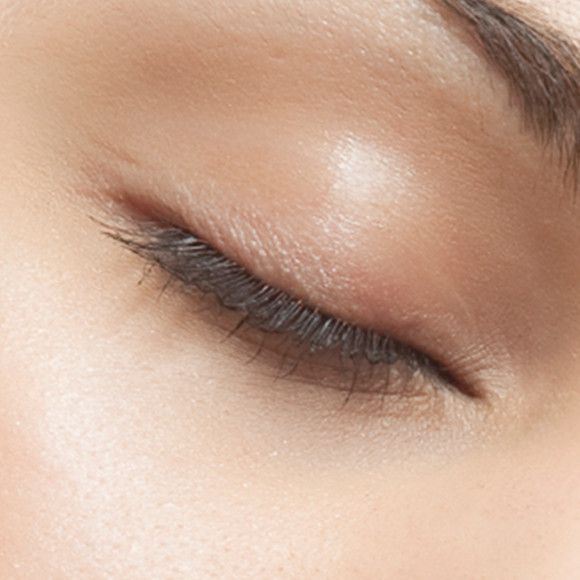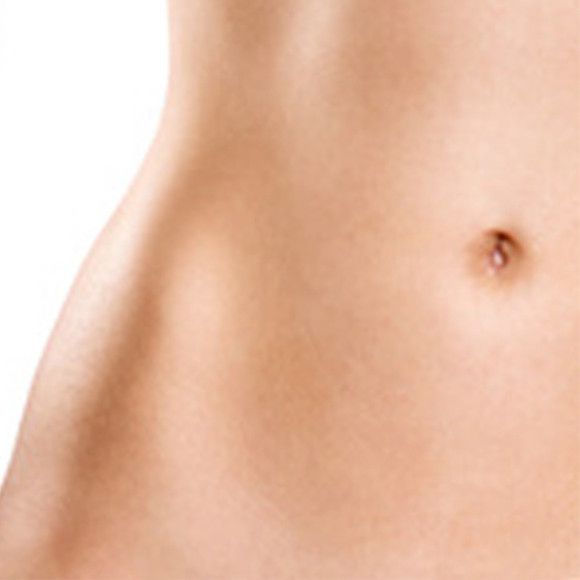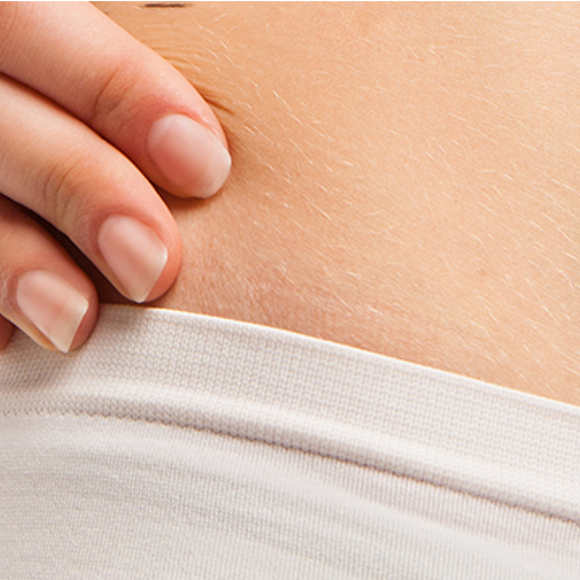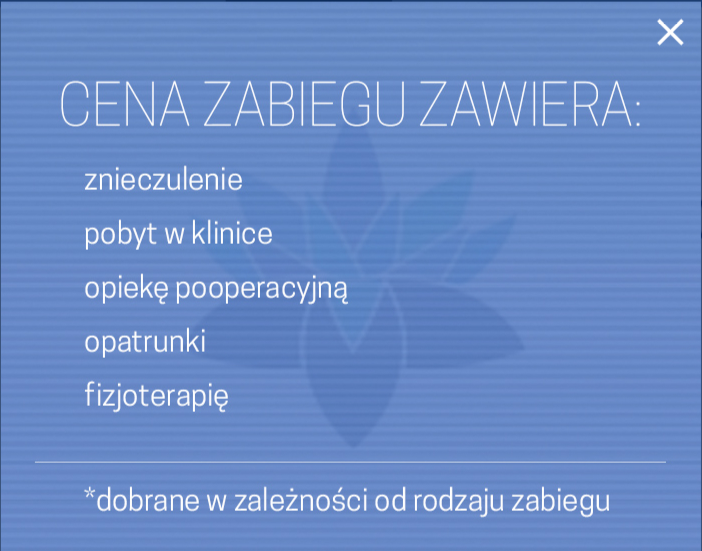Plastic surgery
Shape of the ears correction
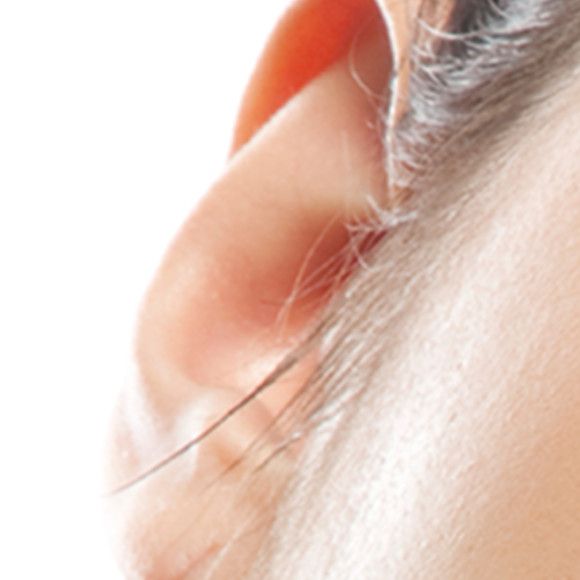
- Description of treatment
- Facts and myths
- Preparation for surgery
- Postoperative care
Description of treatment
Ear correction is a procedure that involves the correction of the shape of the ear cartilage, which can correct the ear protrusion angle or the shape of the ear pinna. The effect of treatment is durable (lasting up to the end of life).
The aim of the treatment is to change the appearance of the ears by modeling the shape of the ears and /or the ear protrusion angle. In patients who require the modeling of both ears shape and protrusion angle a complete correction can usually be performed in one treatment.
During the consultation the doctor shows the patient what the shape of his ears after the surgery will be. Ear correction is performed on an outpatient basis, so the patient remains in the hospital only a few hours. The patient receives most frequently a local anesthetic assisted by premedication, or intravenous anesthesia (in special cases, such as in children). The operation usually takes an hour.
Plastic surgery of the ears involves making a cut on the back surface of the ear, and modeling of the ear cartilage, fastening it with stitches and excision of excess skin behind the ear. The scar is substantially not visible, because the line of stitches runs only on the rear surface of the ear.
Facts
After the surgery ears might once again begin to protrude.
However, this happens very rarely and you can always perform the correction of the procedure. Recurrence of protruding ears can result from infection or allergy to nonabsorbable threads that hold the cartilage of the ear after the procedure.
Myths
Tight hats or gluing the ears to the head can correct protruding ears in children.
Protruding ears are a genetic characteristic, so "homemade" methods will not help to reduce it. Whereas surgical correction of the ears can be performed in children over five years of age. It must be remembered that the procedure is carried out only in children with a large, already well-developed pinna.
After otoplasty you cannot soak ears for a long time
You can wash your head already after a week, and 2 weeks after the procedure you can swim e.g. in the swimming pool.
Preparation for the surgery
Each surgery is a burden for the human body. That is why our specialists always conduct interviews to qualify patients for surgery. General conditions for the surgery to be conducted include:
- good health (we do not perform procedures in patients with infections, particularly upper respiratory infections; anesthetic consultation is sometimes also recommended);
- procedures are not carried out during menstrual discharge, due to the reduced blood coagulability;
- it is necessary to test bleeding time and blood coagulation time, and perform complete blood count;
- it is advisable that the patient was vaccinated against hepatitis B virus (infectious hepatitis), but it is not a necessary condition to perform the procedure.
Possible complications
In our clinic we put the greatest emphasis on providing patients with maximum safety. Each patient receives comprehensive information about the procedure, including about the possible complications (the doctor discusses them in detail during the consultation prior to the procedure).
Postoperative care
After the procedure dressings are put on ears additionally held with a bandage headband. Dressings are removed after about five days, during which time excessive effort is inadvisable. After the surgery ear pinnae may be swollen. The swelling usually disappears within a few days.
Postoperative recomendations
After removal of dressings, the patient should wear a headband for about two weeks (especially at night to protect the ears from wrong arrangement). The ears should be protected from freezing and wind. The final result of the surgery is usually achieved about one month after its execution.

